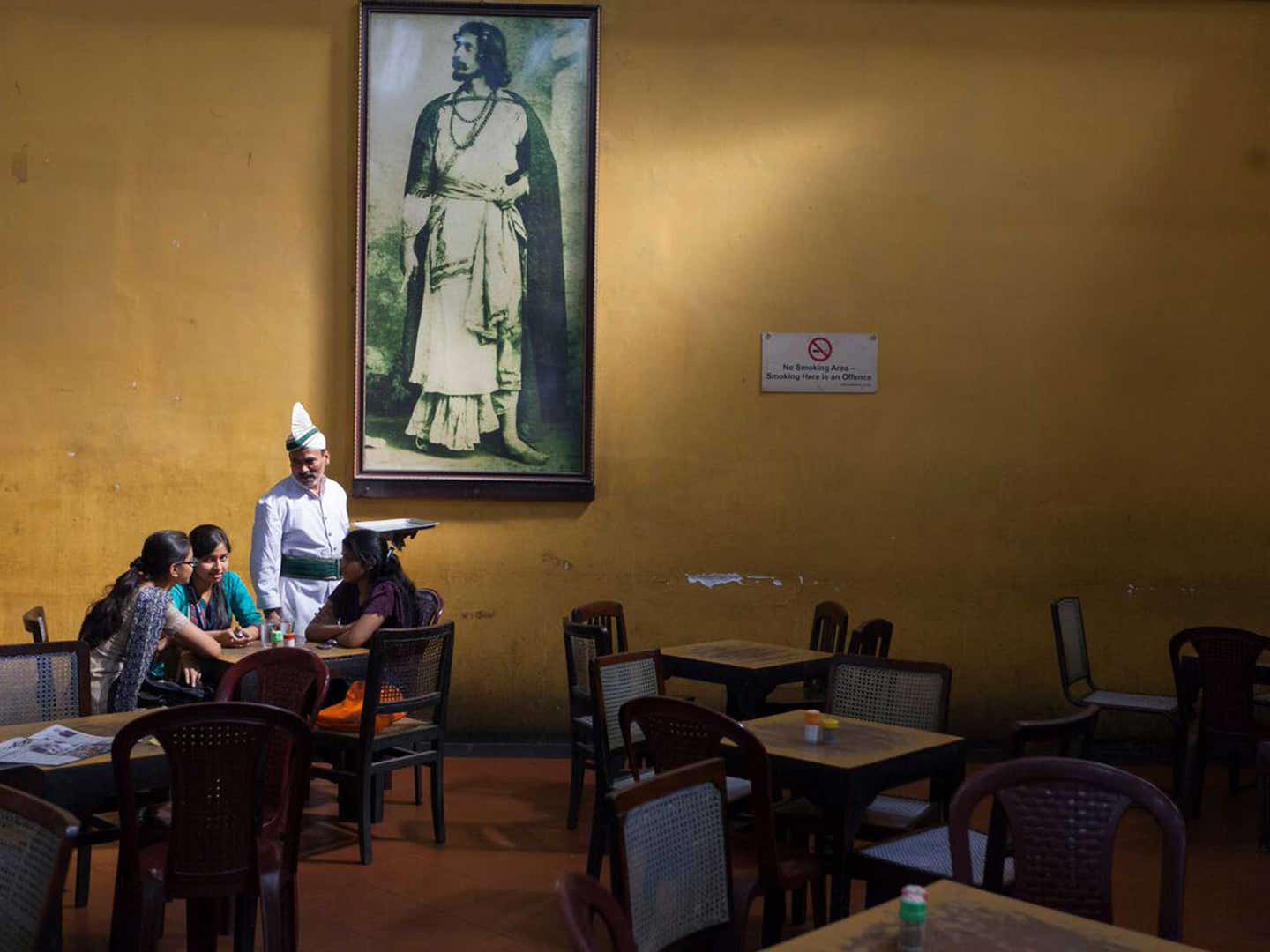
The Everyday Allure of India’s Coffee Houses
Photographer Stuart Freedman captures scenes from a ubiquitous Indian institution
The first Indian Coffee House opened in Bombay in 1936, and has since grown into a national chain with hundreds of locations throughout India. There are newer, polished Indian Coffee Houses, but its the old aesthetic—defined by plastic chairs, cheap tables, worn walls, and scuffed surfaces in mottled colors—that attracted photographer and writer Stuart Freedman.
In his new book, The Palaces of Memory, Freedman captures more than 30 of these stalwart Coffee Houses across India. But he spent nearly 15 years drinking at them before he snapped a single picture of one. "Six years ago, the Coffee House was in enormous debt and threatened with closure," says Freedman. "That's when I realized how vital they were to the people that went there."
Freedman grew up a stone's throw from the Regent's Canal in Dalston, London. A career in photojournalism lead him to New Delhi in the early 90s. He was covering the Yugoslav Wars, and he spent the better part of the ensuing decade living in India. "In some sense, you kind of have to be born there," he remembers of the first impressions he had when he felt like an outsider. That was before he stepped foot in an Indian Coffee House. "For me," he writes in the book, "the Indian Coffee House was somewhere to be anonymous, away from the stares and the strangeness of India."
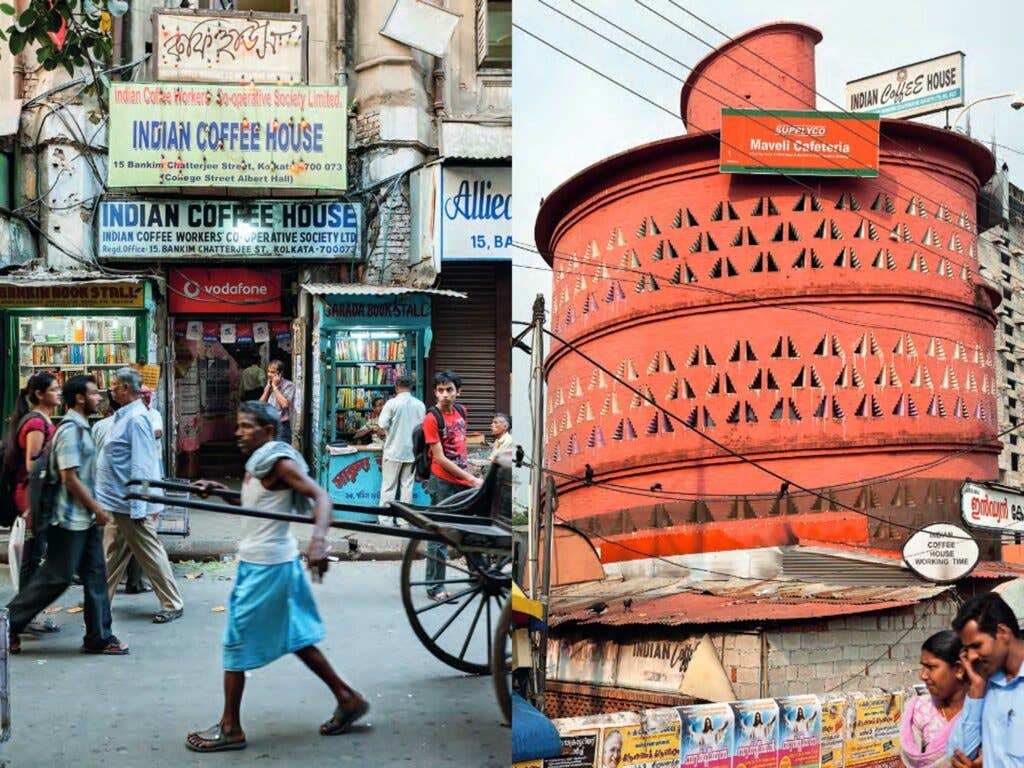
Through the old Coffee House door, Freedman entered an India that was not "the cliché of poverty and exotica," he explains, "but an everyday India that we rarely see." The well-worn interior of the New Delhi Coffee House reminded Freedman of home. "I felt a distant echo of the greasy spoon cafes of London I ate at as a kid in the 70s," he says. The food at the Indian Coffee House varied from north to south. "In the North there are nods to a more Western, Colonial heritage," Freedman says of the sandwiches, cheese on toast, burgers and omelets on most menus. "When people didn't travel around the country so much," says Freedman, South Indian food was seen as rather 'exotic,' so there are always dosas and uthappam and vada."
Be it a Dalston cafe or Indian Coffee House, the menu is never provocative. "The food wasn't brilliant," Freedman says. "The coffee wasn't great. But the conversation was. I realized the people in the Indian Coffee Houses were the same as those I grew up with in east London." Freedman was soon a regular. He looked back at their past and discovered a rich history.
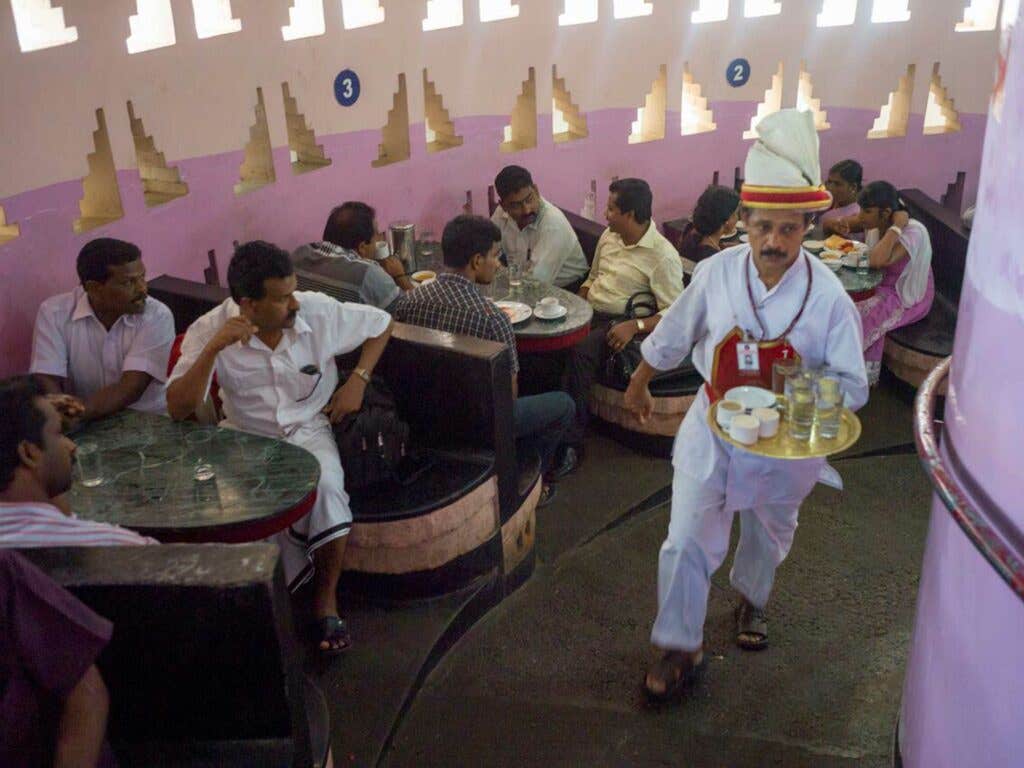
Today's Indian Coffee House began with coffee stalls set up by the British Raj in the early 1940s. Independence came in 1947, and with it an influx of intellectuals to the Coffee House, where a unique culture was born. "It was a mix of leftist, European, and bourgeois," Freedman says. "One morning in 1964," Freedman writes in Palaces, "the journalist Rajinder Kapoor noticed, when he went to settle his bill at the Janpath Coffee House, that he bad been charged an extra 10 paisa." The unannounced price hike incited revolt, and lead to the takeover by the Coffee Worker's Co-Operative, which was founded in the '50s. Freedman writes, "[The Indian Coffee House enterprise] remains a co-operative to this day."
Prime Minister Indira Ghandi closed the New Delhi Coffee House in 1975, during what's known in India as the Emergency, because she saw it as a place that fostered sedition. It wasn't until years later, when India opened its markets to foreign competition as a result of economic crisis, that the Indian Coffee House began to thrive again. Freedman would have his first cup of coffee at the New Delhi Coffee House in 1995.
"Indian Coffee Houses hold within them much of the post-Independence political and social memory of the country," says Freedman. "It used to be just old men and monkeys at Indian Coffee Houses. The older generation is still there during the day, but the younger generation is discovering the Indian Coffee House now. In many of them, you can't get a table after 4 p.m."
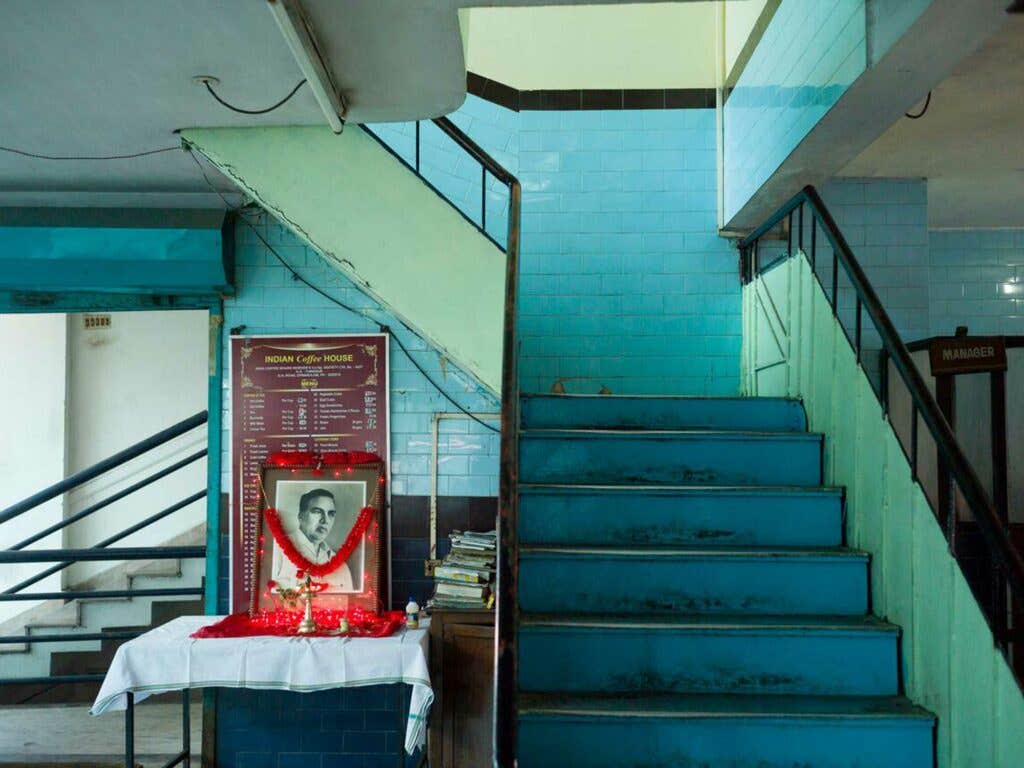
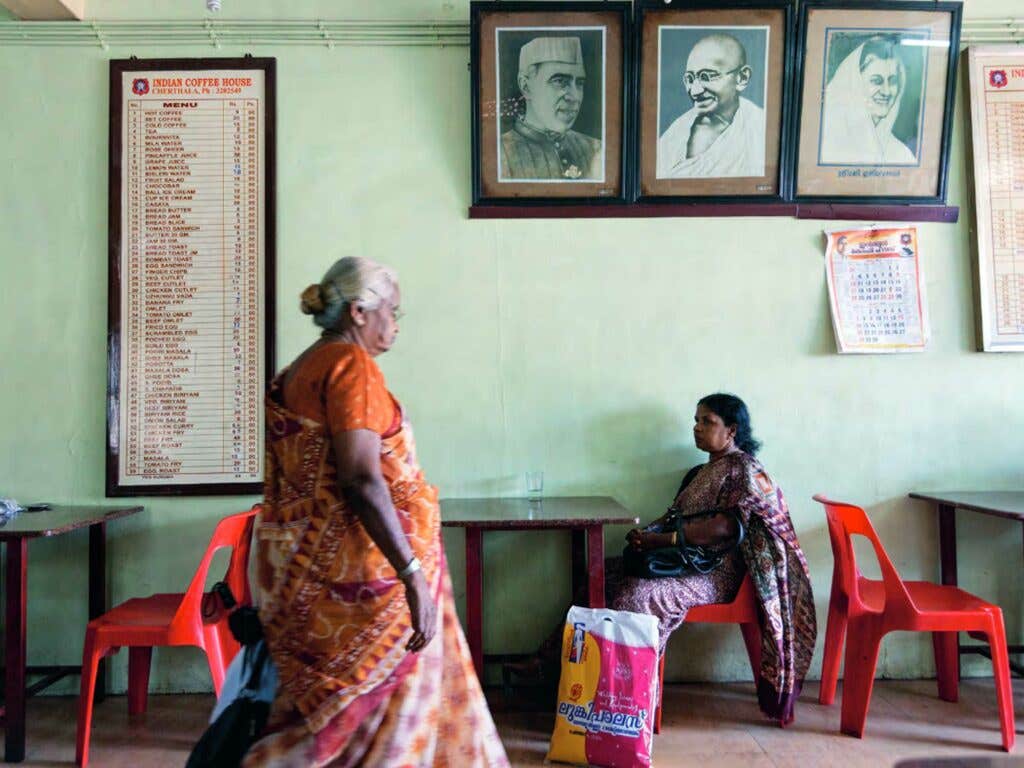
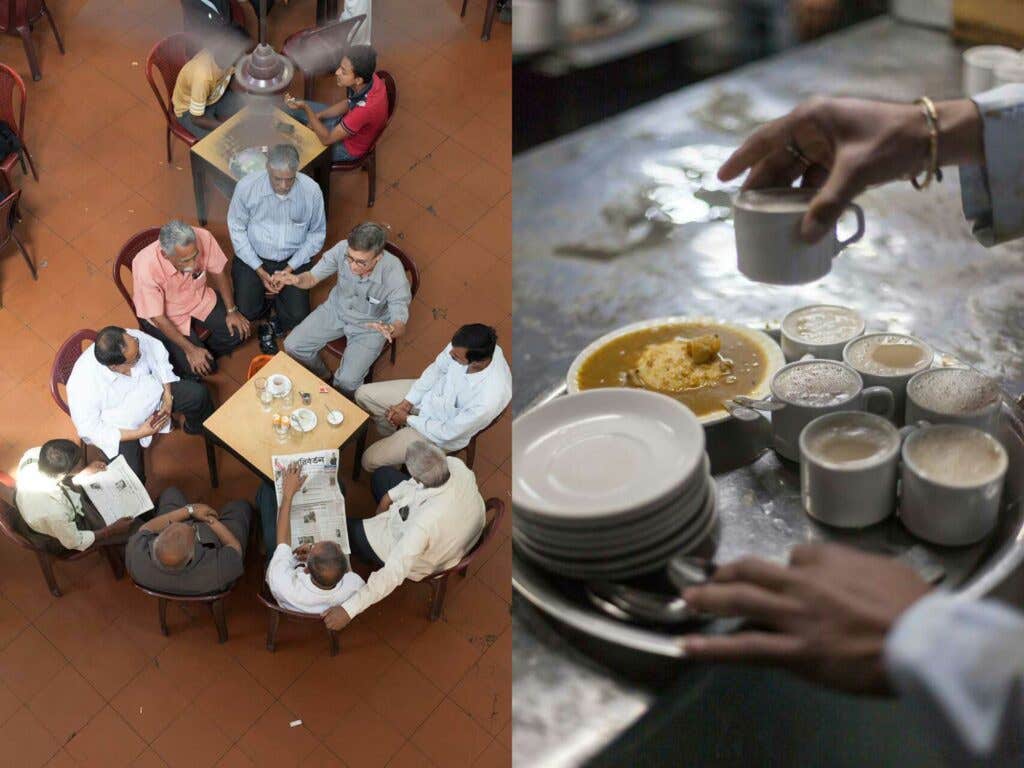
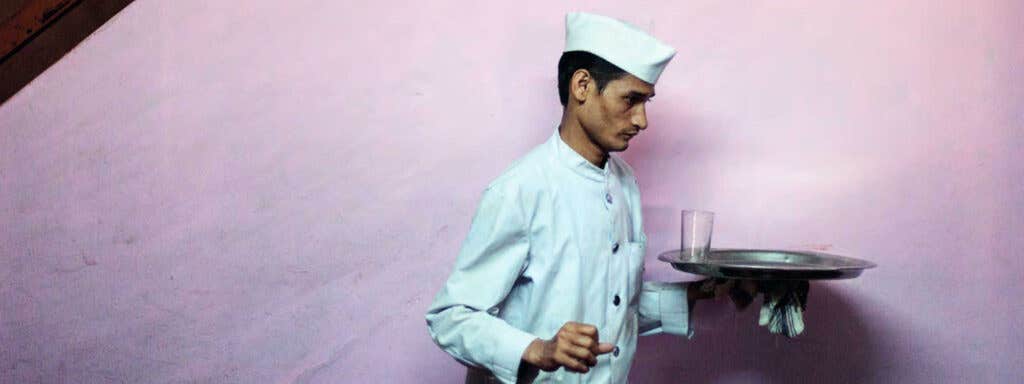
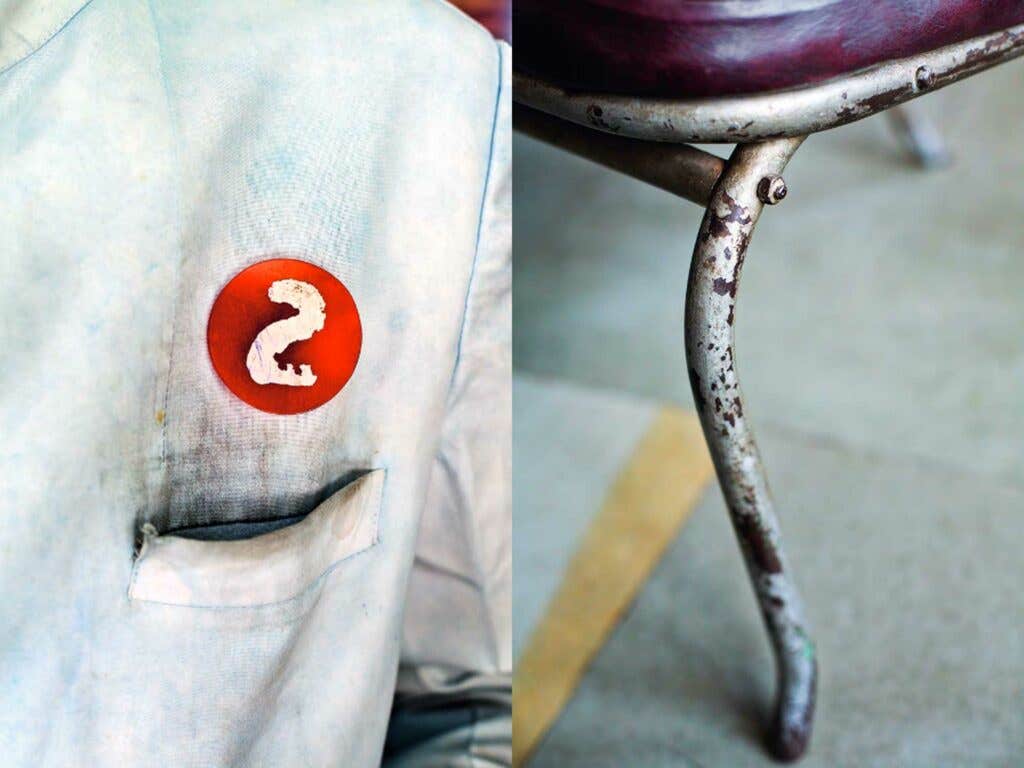
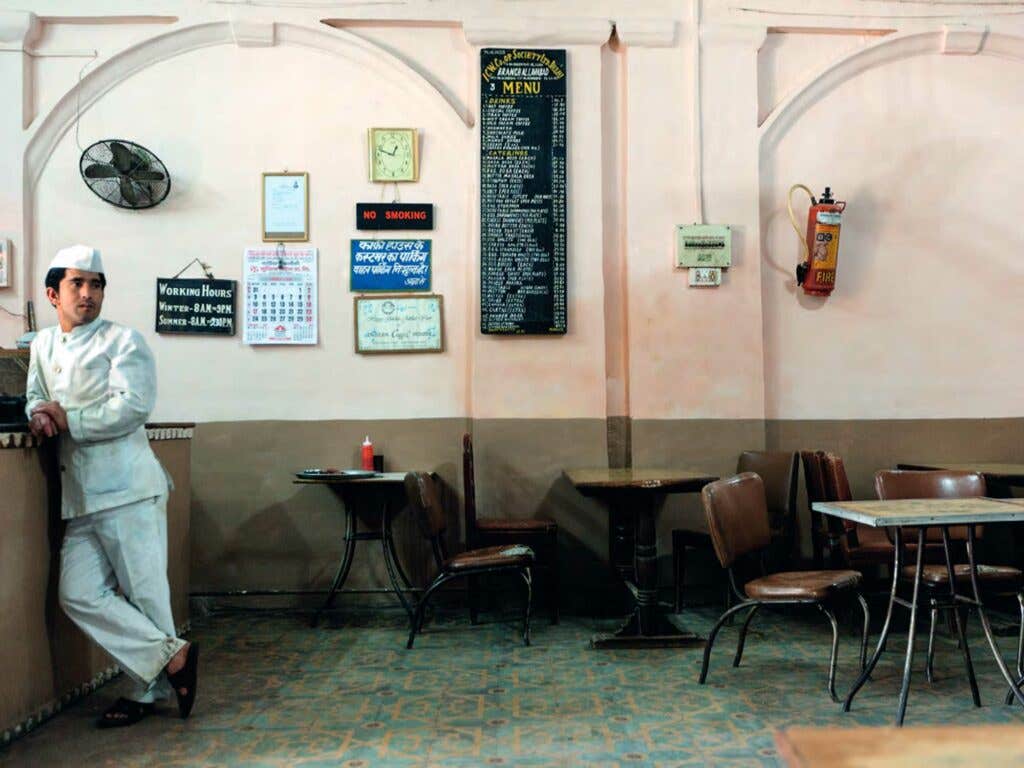
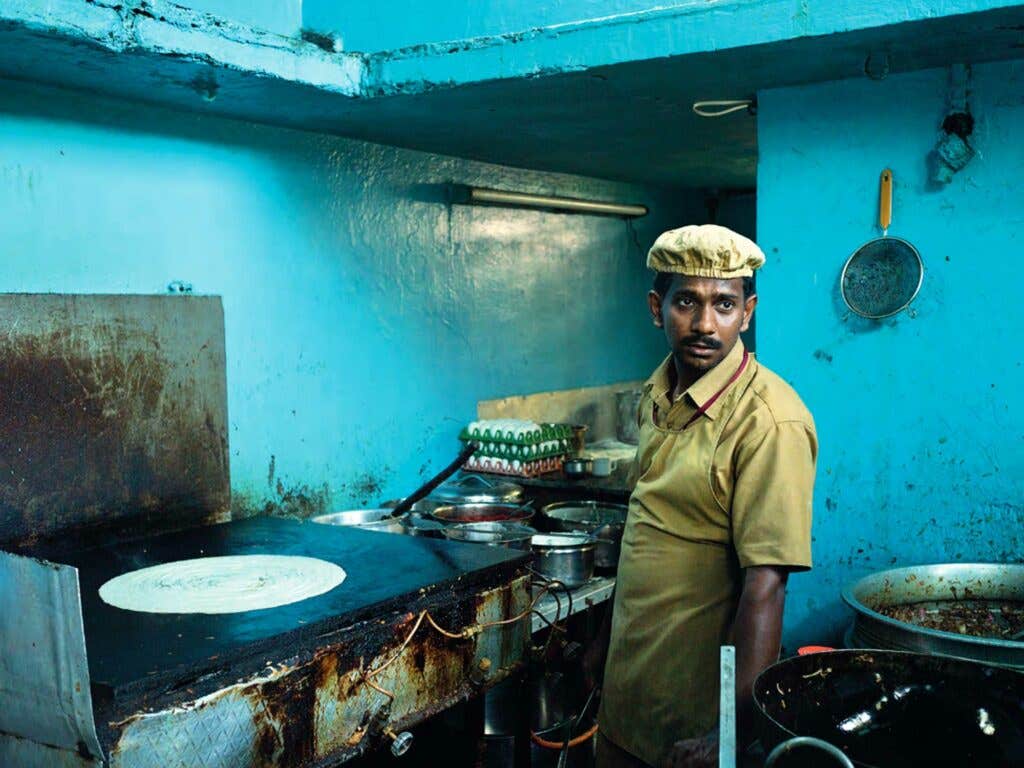
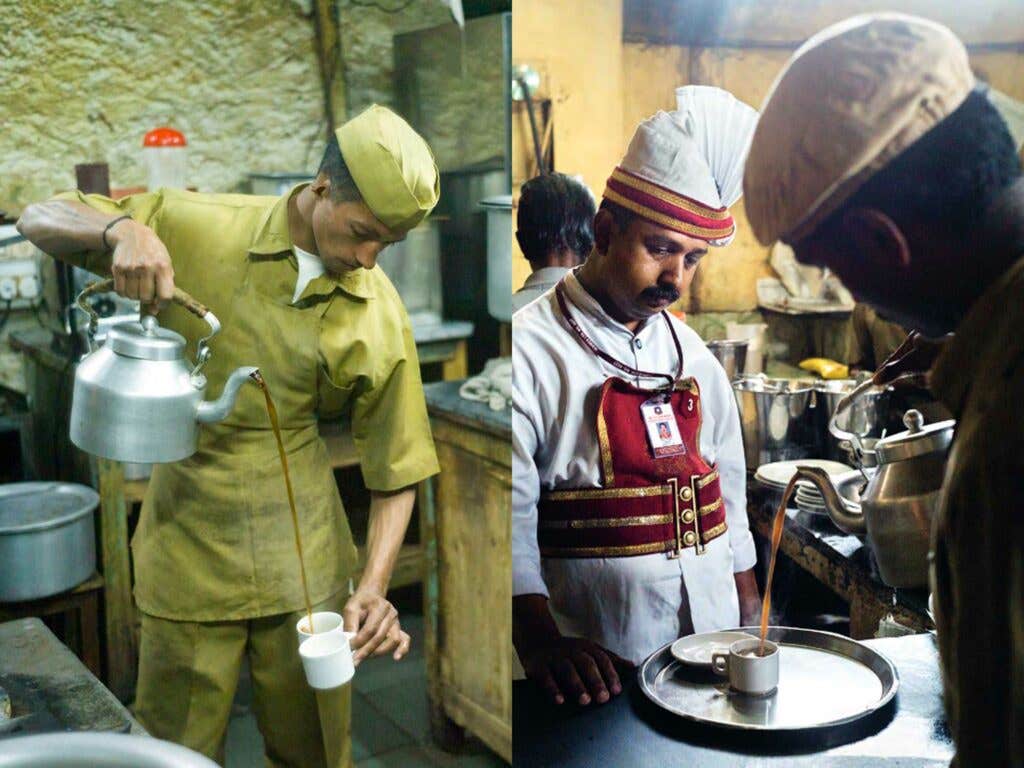
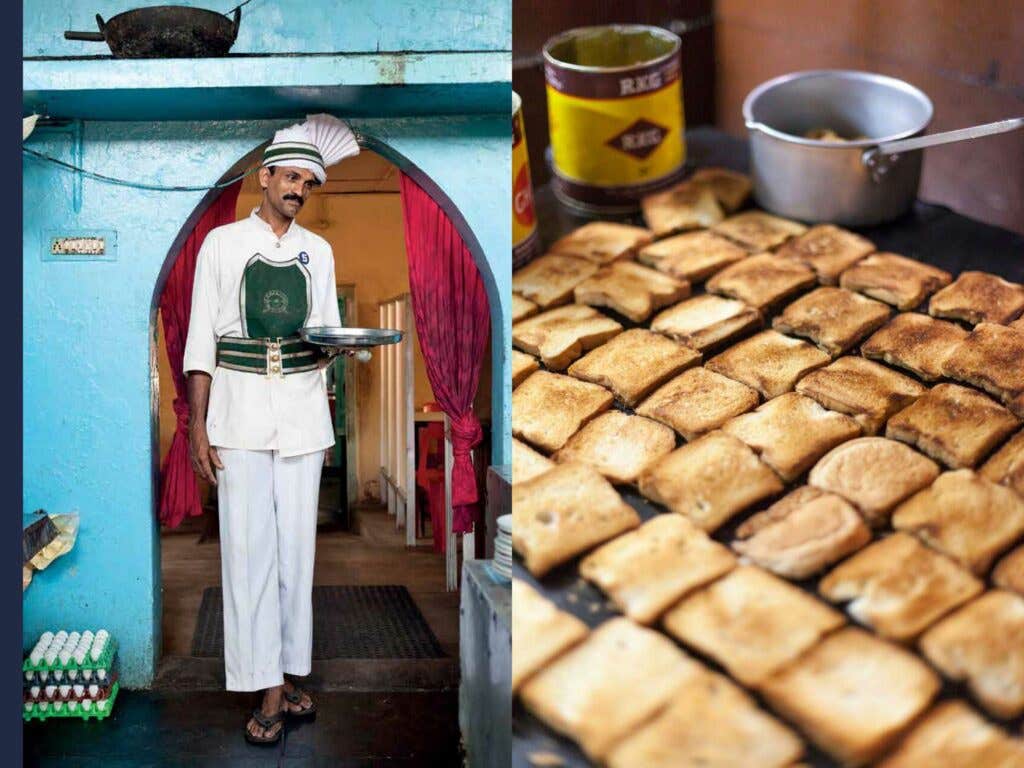
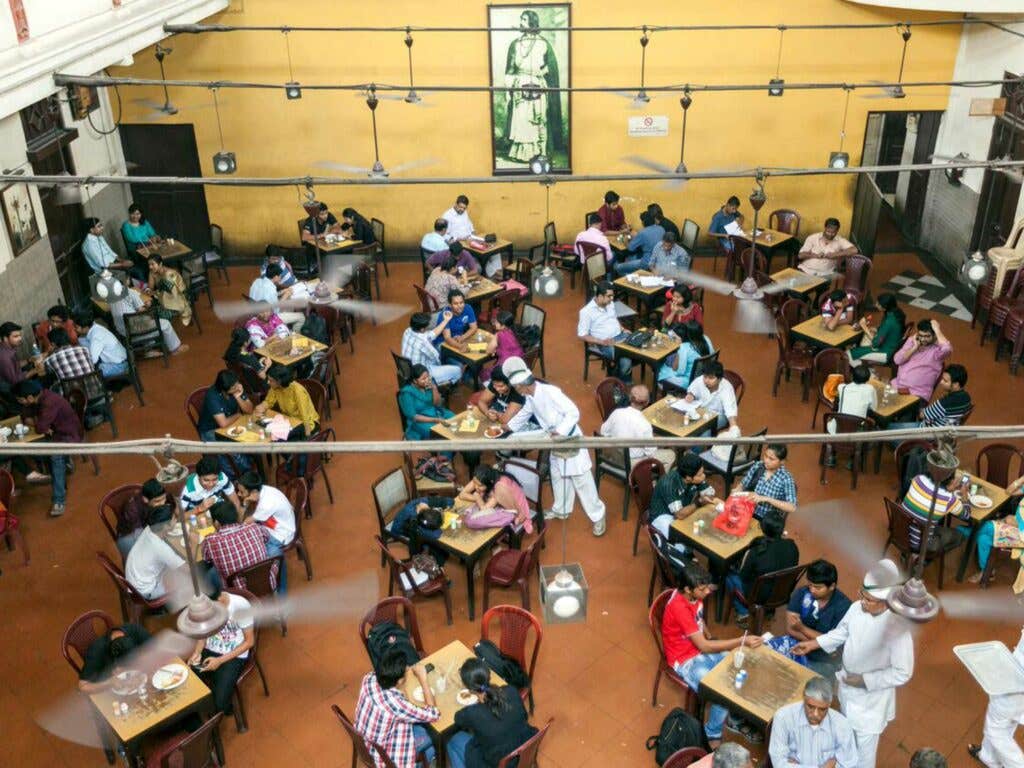
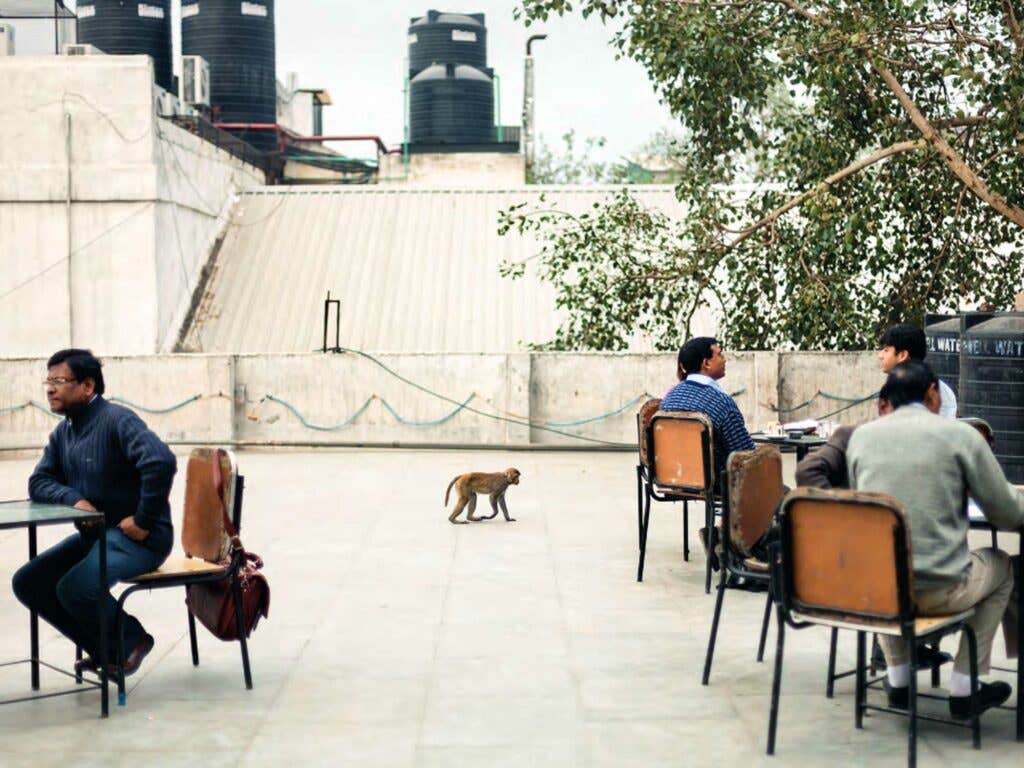
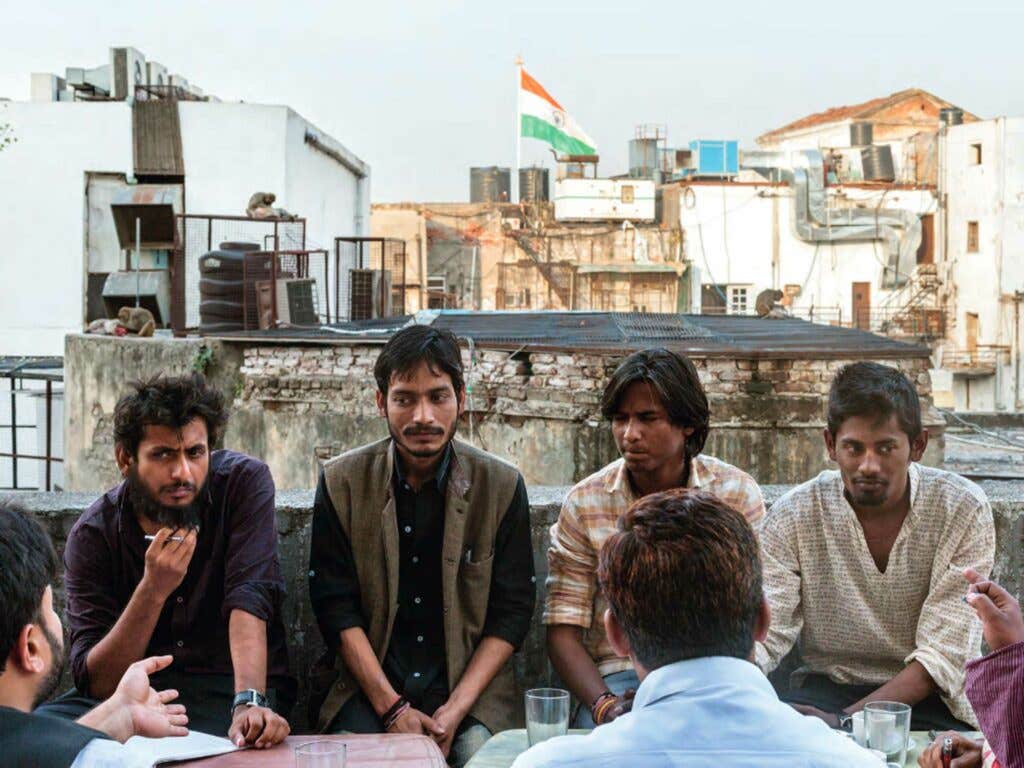
Keep Reading
Continue to Next Story










